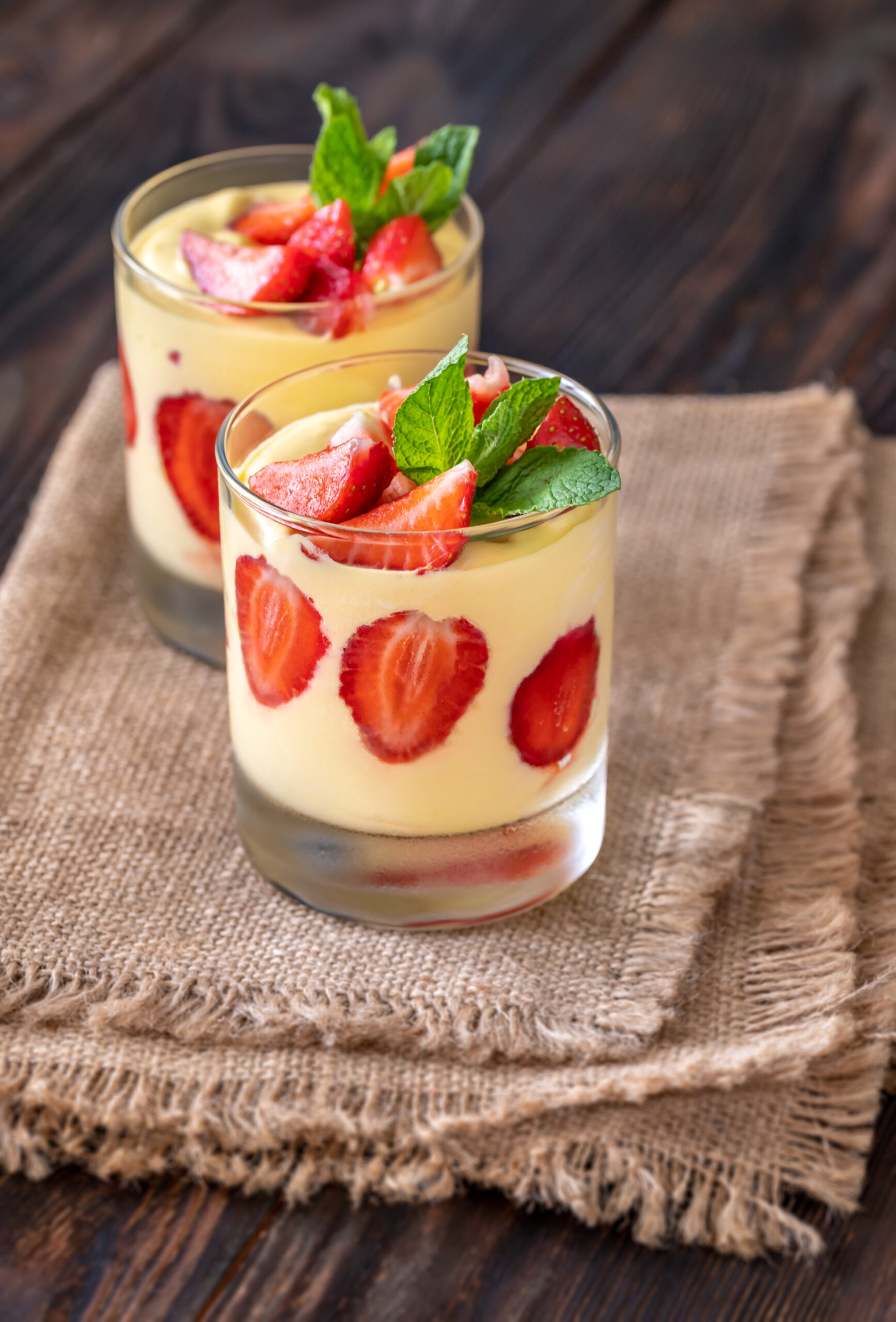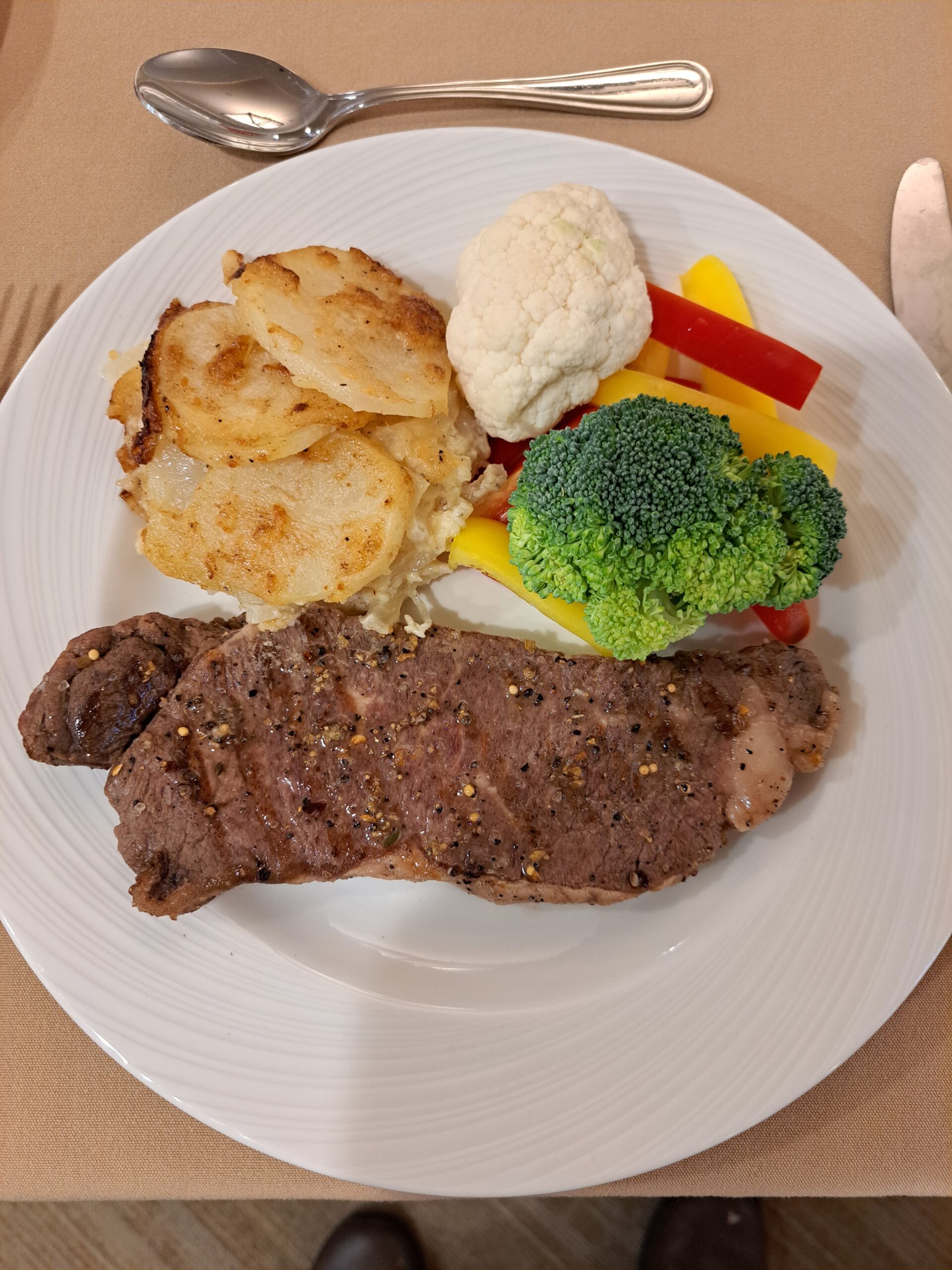Living Loving Local at Verve this Month: Peaches
Peaches are a member of the Rose family, related to almonds and just one recessive gene and genetic mutation away from nectarines! Packed full of vitamins A, B and C as well as potassium, peaches need lots of sunshine.
While Canada is nowhere near a leader at international production, BC and Ontario supply the 55 million pounds we Canadians eat each year. Most peaches are eaten fresh out-of-hand, but they are also delicious in pies, preserves and other classic sweet treats like Peach Cobbler and Peach Melba (see our recipes below). On the savoury side peaches pair well with bourbon, whiskey, pork, chicken and fish.
History:
- Archaeologists found bowls of peaches, revered as a potent symbol of immortality, entombed with Chinese dignitaries, several centuries before Christ.
- The peach is likely native to China, near the Pakistani border, where it still grows wild. The Latin name for peach means “Persian plum” because the Romans who introduced it to Europe, imported it from Persia some 2,000 years ago.
- In the New World, peaches date back to the 1500s, brought first to Latin America by early Spanish colonists. Peach trees flourished in temperate parts of Canada almost from the time of the first European settlement.
Health Benefits:
In addition to their ample Vitamin A, B, C and potassium content peaches are loaded with fibre, which promotes healthy digestion, and beta-carotene to promote eye function.
Agriculture:
- Peaches are self-fertile and do not require a pollinizing variety to be located within the orchard.
- Peaches bear fruit on 1 year-old wood so heavy pruning is needed each year to produce a good crop.
- Thinning of fruit must be done by hand. It improves the size of the remaining fruit and the crop load, as well as increases the amount of bloom that will occur the following season.
- Fruit is handpicked to ensure fruit quality. Skilled workers need to climb 6 to 8 foot ladders to pick the fruit on mature trees.
Most Popular Varieties:
Clingstone Peaches
The flesh of these peaches clings securely to the pit. They have a soft texture and high sugar content with a juiciness that makes them ideal for eating out of hand. The Santa Rosa and Red Beauty varieties are the most common.
Freestone Peaches
The flesh of a freestone peach separates easily from the pit, making it perfect both for eating fresh and for preserving. Varieties include Redhaven, Vivid, Blazingstar, Starfire, Harrow Beauty, Allstar, Cresthaven, Redskin, Glowingstar and Harcrest.
Semi-Freestone Peaches
A cross between Clingstone and Freestone, the flesh of these peaches partially clings to the pit and their flesh is sweet so they are excellent for eating out-of-hand. Varieties include Harrow Diamond, Springcrest, Candor, Harrow Dawn, Early Redhaven, Garnet Beauty, Risingstar.
Fun Facts:
- Southern Canada is the most northern limit for peaches to grow.
- The peach pit contains hydrocyanic acid which is a poisonous substance but don’t worry one has to consume a much larger amount than found in the peach pit for any ill affect to result.
Nectarine vs. Peach: What’s the difference?
- The nectarine, is a closely related fruit, differing from peach genetically by a single recessive gene. Peach and nectarine trees do not differ in appearance, growth response, bearing habit or other general characteristics. Nectarines are distinguished from peaches by their absence of fuzz, smaller size, greater aroma and distinct flavour.
Recipes:
Try these Peach classics that will be served at Verve properties throughout Canada this month:




